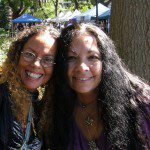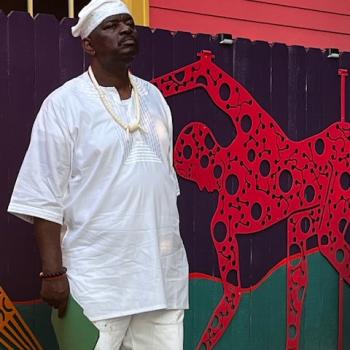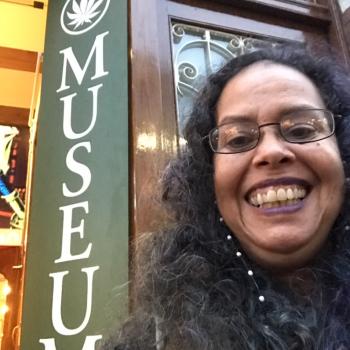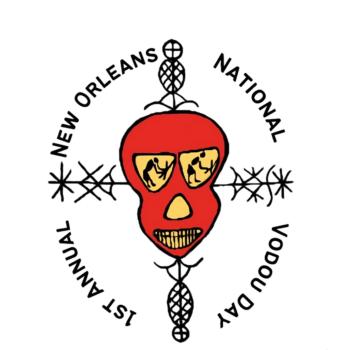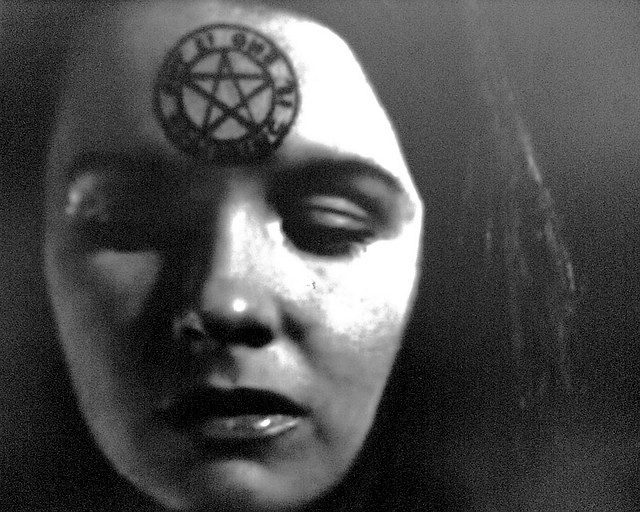
The true beauty of Maya Deren is that she was a renaissance woman. Most people never get past the required freshman film viewing of Meshes in the Afternoon ( a film which she shot in two weeks on her honeymoon,) but her work is so much more. She was a legend, film theorist, poet, journalist, dancer, photographer, filmmaker, and Vodou priestess. Maya Deren’s innate spirituality shone through in all that she did. The L.A. Weeklydescribed Maya Deren as “Fellini and Bergman wrapped in one gloriously possessed body.” That certainly describes her films which are powerfully visceral. Quite frankly I do think she was a bit more attractive that the possessed love child of Fellini and Bergman, but whatever. Her persona was even more decadently extreme. Gerald Peary described her as “She was the transcendent centerpiece of every red-hot village party in the late 1940’s and early 1950’s, a wild-tousled, peasant bloused 1960’s flower child before her time, s Botticelli babe in high bloom with Modligliani almond eyes and matching elongated lips, shaking her booty to Haitian Voodoo drums. “ She was awarded the first ever Guggenheim fellowship for film. Like myself she attended New York University, then used the money from the Guggenheim to fund her trip to Haiti where she then went on to become a fully initiated Voodoo Priestess. She was at one time even tour manager for dance legend Katherine Dunham.
An amazing discussion at the Poetry and the Film Symposium which took place on 28 October 1953 feautres such notables as Dylan Thomas, Arthur Miller, Maya Deren, Parker Tyler, Willard Maas and can be heard here:
Divine Horseman, the book Deren published in 1953 is a seminal text of Voodoo. It is unique because it is one of the few early anthropological texts on Vodou to be published by a woman and a devotee of the religion. She took three separate trips to Haiti to learn more about this sacred religion, and is said to have consulted Margaret Mead as a guiding influence for her ethnographic research. She is said to have shot an impressive 20,000 feet of film, which she had a lifelong struggle trying to edit.
Magickally, however, I feel her literary masterpiece is Anagram. It is written is a series of anagrams, echoing ancient alchemy, her words are magickal too, something very difficult to do in an academic work. In it she examines the intersections of nature, discovery, art, form and film. Deren explores deep concepts, ones that we can see inform her artistic work. This is a work whose “form is predicated not upon absolutism, but upon the idea of consciousness.”
Movement, the innate divinity of molecules dancing from one place to another was her consummate passion. As much as I love the footage she shot in Haiti, she was never able to edit it during her lifetime. In part the film Ritual in Transfigured Time, but even more so Meditation on Violence I feel truly captures the nature of ritual, movement, and art on film. It combines the grace of martial art with the poetry of film. This work is the least discussed of all her work but it truly shows the maturity and mastery of her talent. She shows the movements of the dancer/martial artist executing the graceful forms of Shao-Lin and Wu-Tang. Deren ritualizes these actions for the viewer using the camera as a meditative tool.
Meditation on Violence (1948)
https://www.youtube.com/watch?v=dIDRMb6YxxM&feature=youtu.be
She is said to have inspired generations of filmmakers, including Stan Brakhage, who was also believed to be the recipient of her voodoo curses. Maya Deren passed away in 1961, but it is obvious her legacy lives on.


